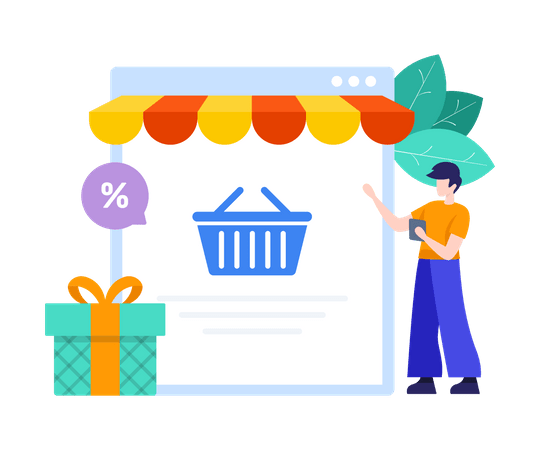In the diverse sectors of small and medium enterprises (SMEs), including equestrian and agriculture, businesses face unique challenges that can impede growth and operational efficiency. From marketing products and services to managing customer relationships and expanding market reach, the hurdles are substantial. However, a well-designed website can be a transformative tool for these businesses. Here’s how a website can address and solve some of the core issues faced by SMEs in the UK and Ireland.
1. Expanding Customer Base
Many SMEs operate in niche markets where traditional advertising may not effectively reach the intended audience. A website serves as a global storefront, allowing these businesses to showcase their products and services beyond local boundaries. By integrating search engine optimization (SEO) strategies, businesses can attract visitors from across the UK, Ireland, and beyond, significantly expanding their customer base.
2. Enhancing Professional Credibility
In many industries, including agricultural and equestrian, trust and credibility are crucial. A professional website lends legitimacy to a business, providing a platform to share testimonials, certifications, and affiliations. This not only helps in building trust but also positions the business as an authority in its field, which is essential for attracting serious clients and partners.
3. Improving Customer Engagement and Support
Customer service can be a challenging area, especially when dealing with inquiries about products, services, or bookings. A website can facilitate better customer support through features like FAQs, live chat, customer forums, and detailed product information. This not only improves the user experience but also reduces the workload on staff by providing customers with accessible and immediate resources.
4. Streamlining Sales Processes
For many SMEs, sales processes can be cumbersome and geographically limited. With an e-commerce platform integrated into a website, businesses can automate and streamline sales processes, making it easy for customers to make purchases directly online. This not only boosts sales but also enhances the customer shopping experience by providing a convenient, 24/7 shopping option.
5. Showcasing Products and Services
A website allows for the detailed showcasing of products and services through high-quality images, videos, and descriptions. This is especially important for businesses like equestrian equipment suppliers or agricultural machinery dealers where product details and specifications are crucial for customer decision-making.
6. Collecting Valuable Data
Websites can serve as an excellent tool for collecting customer data through forms, surveys, and analytics. This data can provide insights into customer preferences, behavior, and demographics, helping businesses tailor their offerings and marketing strategies more effectively.
7. Providing Timely Updates and Information
Whether it’s sharing information about new products, upcoming events, or changes in business operations, a website is an ideal platform for timely communication. Being able to communicate quickly and effectively with customers is invaluable in any sector where conditions can change rapidly.
Conclusion
For SMEs in the UK and Ireland, a website is not just a digital asset but a versatile solution to many operational challenges. From expanding market reach and improving customer engagement to enhancing credibility and streamlining sales, a website can drive transformational growth and efficiency. Investing in a high-quality website is not just about building an online presence—it’s about creating a strategic asset that will continue to yield returns in solving core business challenges.
Learn more